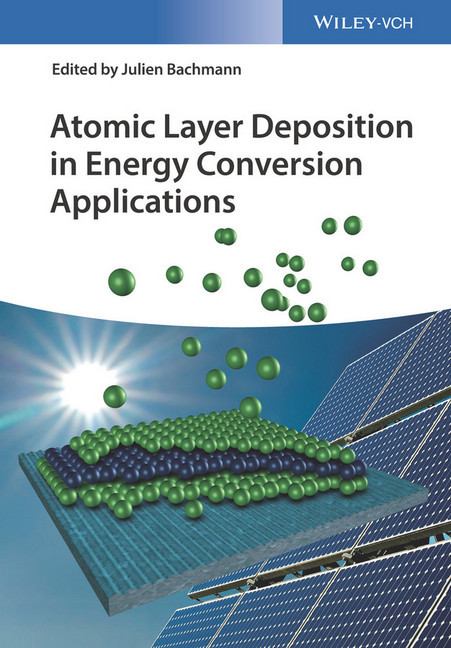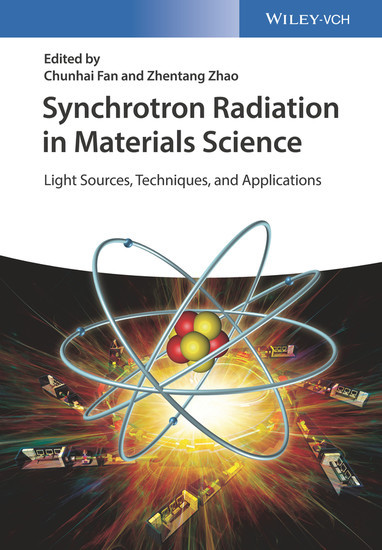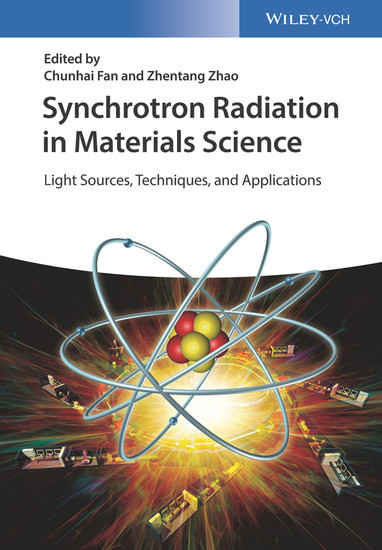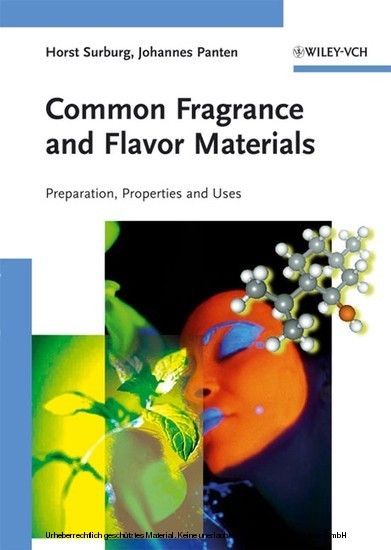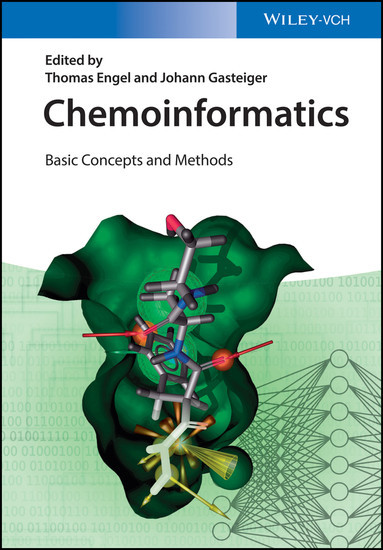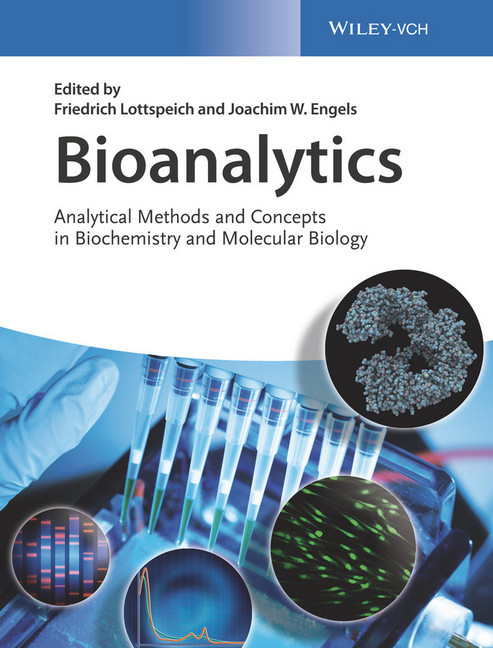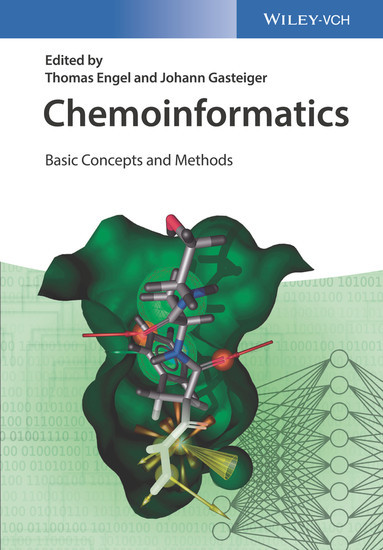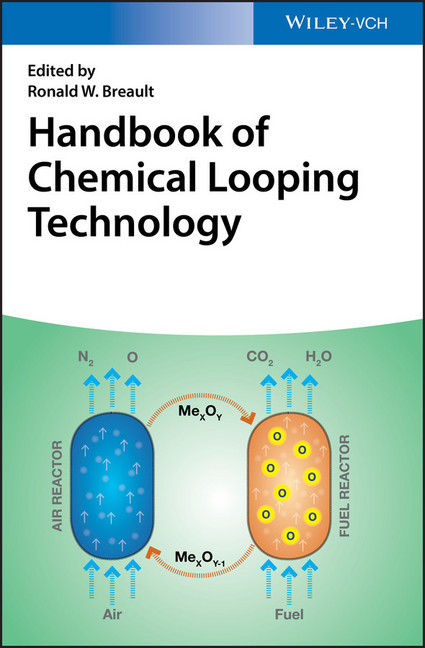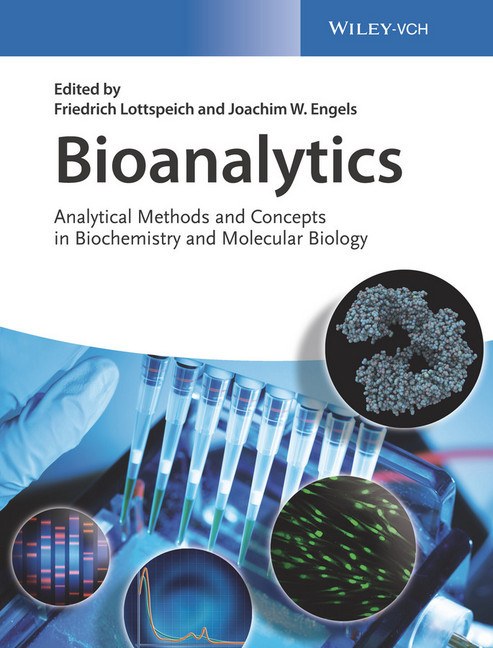Atomic Layer Deposition in Energy Conversion Applications
Combining the two topics for the first time, this book begins with an introduction to the recent challenges in energy conversion devices from a materials preparation perspective and how they can be overcome by using atomic layer deposition (ALD). By bridging these subjects it helps ALD specialists to understand the requirements within the energy conversion field, and researchers in energy conversion to become acquainted with the opportunities offered by ALD. With its main focus on applications of ALD for photovoltaics, electrochemical energy storage, and photo- and electrochemical devices, this is important reading for materials scientists, surface chemists, electrochemists, electrotechnicians, physicists, and those working in the semiconductor industry.
Julien Bachmann is Professor of Inorganic Chemistry at the Friedrich-Alexander University of Erlangen-Nurnberg in Erlangen, Germany. He obtained his chemistry diploma from the University of Lausanne, Switzerland, and a PhD in inorganic chemistry from the Massachusetts Institute of Technology in Boston, USA. After an Alexander von Humboldt postdoctoral fellowship at the Max Planck Institute of Microstructure Physics in Halle, Germany, he was hired as a Junior Professor of Applied Physics at the University of Hamburg, Germany, before joining the faculty in Erlangen.
Julien Bachmann is Professor of Inorganic Chemistry at the Friedrich-Alexander University of Erlangen-Nurnberg in Erlangen, Germany. He obtained his chemistry diploma from the University of Lausanne, Switzerland, and a PhD in inorganic chemistry from the Massachusetts Institute of Technology in Boston, USA. After an Alexander von Humboldt postdoctoral fellowship at the Max Planck Institute of Microstructure Physics in Halle, Germany, he was hired as a Junior Professor of Applied Physics at the University of Hamburg, Germany, before joining the faculty in Erlangen.
1;Cover;1 2;Title Page;5 3;Copyright;6 4;Contents;7 5;Preface;13 5.1;The Past of Energy Conversion;13 5.2;The Future of Energy Conversion;13 5.3;Technical Ingredients Needed;15 5.4;Scope of This Book;16 5.5;Photovoltaics: Strategies, Length Scales, and ALD;17 5.6;Electrochemical Energy Storage: Principles, Chemistries, and ALD;19 5.7;Other Energy Conversion Strategies Based on Interfaces;21 5.8;References;22 6;List of Contributors;25 7;Part I Introduction to Atomic Layer Deposition;29 7.1;Chapter 1 Basics of Atomic Layer Deposition: Growth Characteristics and Conformality;31 7.1.1;1.1 Atomic Layer Deposition;31 7.1.1.1;1.1.1 Principle of ALD;31 7.1.1.2;1.1.2 ALD Growth Characteristics-Linearity, Saturation, and ALD Window;33 7.1.1.3;1.1.3 Plasma-Enhanced ALD;36 7.1.1.3.1;1.1.3.1 Plasma Configurations for Plasma-Enhanced ALD;37 7.1.1.3.2;1.1.3.2 Reactions in Plasma-Enhanced ALD;38 7.1.1.3.3;1.1.3.3 Advantages and Challenges of Plasma-Enhanced ALD;38 7.1.2;1.2 In Situ Characterization for Studying ALD Processes;39 7.1.2.1;1.2.1 Quartz Crystal Microbalance;40 7.1.2.2;1.2.2 Quadrupole Mass Spectrometry (QMS);41 7.1.2.3;1.2.3 Spectroscopic Ellipsometry;42 7.1.2.4;1.2.4 Fourier Transform Infrared Spectroscopy;43 7.1.2.5;1.2.5 Optical Emission Spectroscopy;43 7.1.2.6;1.2.6 Other In Situ Techniques;44 7.1.3;1.3 Conformality of ALD Processes;44 7.1.3.1;1.3.1 Quantifying the Conformality of ALD Processes;45 7.1.3.2;1.3.2 Modeling the Conformality of ALD;49 7.1.3.3;1.3.3 The Conformality of Plasma-Enhanced ALD;52 7.1.3.4;1.3.4 Conformal Coating of Nanoporous Materials;57 7.1.4;References;62 8;Part II Atomic Layer Deposition in Photovoltaic Devices;69 8.1;Chapter 2 Atomic Layer Deposition for High-Efficiency Crystalline Silicon Solar Cells;71 8.1.1;2.1 Introduction to High-Efficiency Crystalline Silicon Solar Cells;71 8.1.1.1;2.1.1 ALD for Si Homojunction Solar Cells;72 8.1.1.2;2.1.2 ALD for Si Heterojunction Solar Cells;74 8.1.1.3;2.1.3 Novel Passivating Contacts and ALD;75 8.1.1.4;2.1.4 Outline of this Chapter;75 8.1.2;2.2 Nanolayers for Surface Passivation of Si Homojunction Solar Cells;76 8.1.2.1;2.2.1 Basics of Surface Passivation;76 8.1.2.1.1;2.2.1.1 The Physics of Surface Recombination;76 8.1.2.1.2;2.2.1.2 Surface Passivation;78 8.1.2.1.3;2.2.1.3 Compatibility with Si Homojunction Solar Cells;81 8.1.2.2;2.2.2 Surface Passivation by ALD Al2O3;82 8.1.2.2.1;2.2.2.1 ALD of Al2O3 for Passivation;83 8.1.2.2.2;2.2.2.2 Hydrogenation of Interface Defects;84 8.1.2.2.3;2.2.2.3 Interface Engineering by Al2O3;85 8.1.2.2.4;2.2.2.4 Influence of the Surface Conditions on the Passivation Properties;86 8.1.2.3;2.2.3 ALD in Solar Cell Manufacturing;87 8.1.2.3.1;2.2.3.1 Requirements for Manufacturing in the PV Industry;87 8.1.2.3.2;2.2.3.2 High-Throughput ALD Reactors;88 8.1.2.3.3;2.2.3.3 ALD Al2O3 in the PV Industry;88 8.1.2.4;2.2.4 New Developments for ALD Passivation Schemes;91 8.1.2.4.1;2.2.4.1 ALD Stacks for the Passivation of n+ Si or n+ and p+ Si surfaces;91 8.1.2.4.2;2.2.4.2 ALD for the Passivation of Surfaces with Demanding Topologies;92 8.1.2.4.3;2.2.4.3 Novel ALD-Based Passivation Schemes;94 8.1.3;2.3 Transparent Conductive Oxides for Si Heterojunction Solar Cells;96 8.1.3.1;2.3.1 Basics of TCOs in SHJ Solar Cells;97 8.1.3.1.1;2.3.1.1 Lateral Conductivity;97 8.1.3.1.2;2.3.1.2 Transparency;99 8.1.3.1.3;2.3.1.3 Compatibility with SHJ Solar Cells;102 8.1.3.2;2.3.2 ALD of Transparent Conductive Oxides;102 8.1.3.2.1;2.3.2.1 ALD of Doped ZnO;102 8.1.3.2.2;2.3.2.2 Beyond Al Doping: Doping by B, Ti, Ga, Hf, and H;105 8.1.3.2.3;2.3.2.3 ALD of In2O3;106 8.1.3.3;2.3.3 High-Volume Manufacturing of ALD TCOs;107 8.1.4;2.4 Prospects for ALD in Passivating Contacts;108 8.1.4.1;2.4.1 Basics of Passivating Contacts;108 8.1.4.1.1;2.4.1.1 How to Make a Passivating Contact?;109 8.1.4.1.2;2.4.1.2 Requirements of a Passivating Contact;112 8.1.4.2;2.4.2 ALD for Passivating Contacts;114 8.1.4.2.1;2.4.2.1 ALD for Tunneling Oxides;114 8.1.4.2.2;2.4.2.2 ALD for Electr
Bachmann, Julien
| ISBN | 9783527694815 |
|---|---|
| Artikelnummer | 9783527694815 |
| Medientyp | E-Book - PDF |
| Copyrightjahr | 2017 |
| Verlag | Wiley-VCH |
| Umfang | 312 Seiten |
| Sprache | Englisch |
| Kopierschutz | Adobe DRM |

